We know from experience that among our customers there are the most diverse motivations and motives for keeping a stock of food. We at SicherSatt AG are deliberately politically and denominationally neutral and unbiased with regard to the personal convictions of our customers. We produce and sell long-lasting food of the best quality and thus want to help satisfy our customers’ need for food security.
10 tips for a power outage
9. July 2024
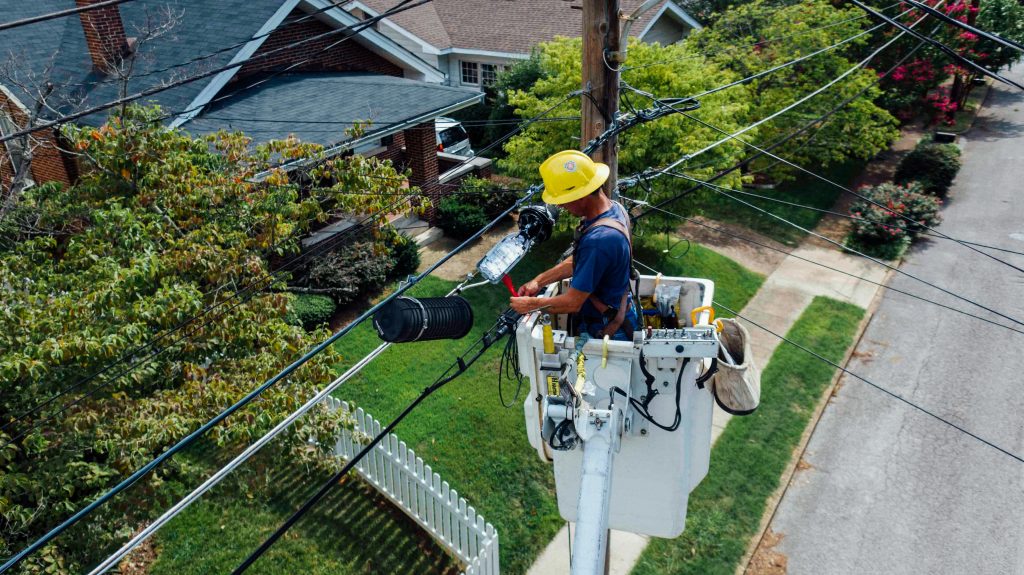
What should you do if there is a sudden power outage? A power outage can occur at any time and without warning and affect everyday life. Whether it is a short power outage or a blackout lasting several days, the effects can be serious. How can you best prepare for such a scenario? This article provides 10 practical tips to survive a power outage safely and calmly. With the right preparation, supplies can be guaranteed even in such situations and unnecessary stress can be avoided.
What is a power outage and why can it be problematic?
A power outage is the sudden and unexpected failure of the power supply in a particular area. Such interruptions can last from a few minutes to several days and cause significant disruption to daily life, as most modern amenities and vital systems rely on a continuous power supply . Without power, many essential services and devices stop functioning, which can have far-reaching effects. Some of these impacts include:
- Lighting: Without electricity there is no lighting, which causes problems especially at night and in dark rooms.
- Heating and air conditioning: Heating and cooling systems fail, which can be dangerous in extreme temperatures.
- Communication: Internet connections and telephone networks can collapse, making communication difficult and potentially life-threatening in emergencies.
- Food: Refrigerators and freezers stop working, causing food to spoil.
- Water and sewer systems: In many areas, these systems rely on electric pumps that will fail without power.
- Health: Medical devices and vital support systems that rely on electricity can no longer operate.
- Transport: Electrical transport systems such as trains and traffic lights can fail, which can lead to traffic problems and accidents.
- Security: Security and alarm systems may be out of service, increasing the risk of break-ins and other security incidents.
A power outage shows how dependent modern life is on electricity and how important it is to be prepared for such situations.
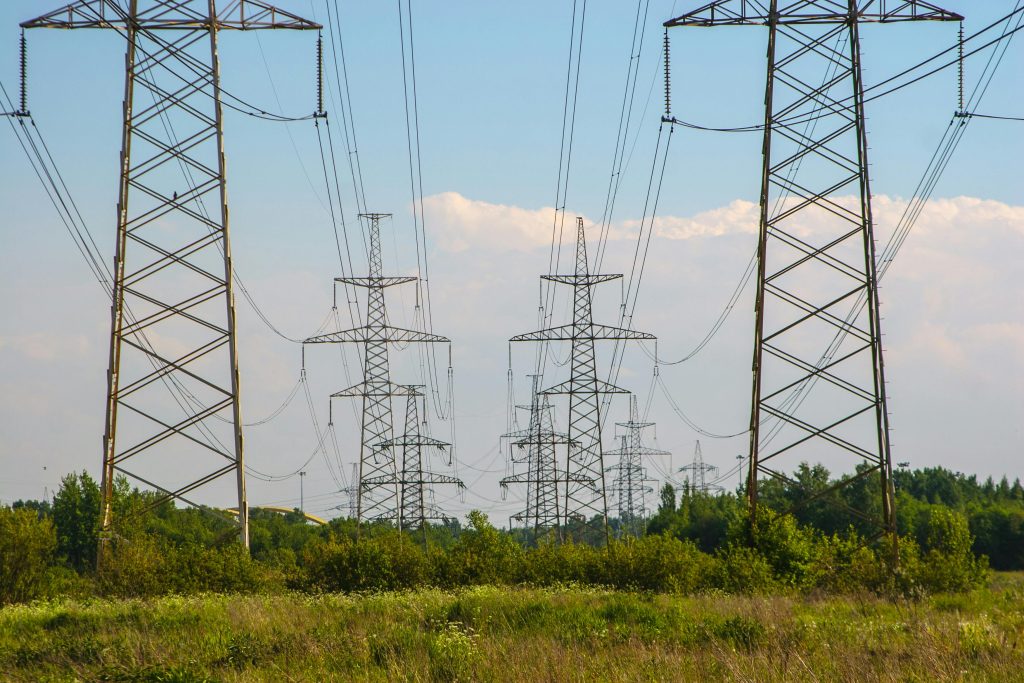
Possible causes of a power failure
There are many reasons for a power outage. Common reasons are technical faults in the power grid, such as defective transformers or cables. Natural events such as storms, lightning strikes, floods or earthquakes can also lead to large-scale power outages. Human error, whether due to construction work or accidents, can also interrupt the power supply. In rare cases, cyber attacks on critical infrastructure or targeted acts of sabotage can lead to a power outage. In summary, the following points are critical factors:
- Technical faults in the power grid: defective transformers or damaged cables
- Natural events: storms, lightning strikes, floods, earthquakes
- Human error: construction work, accidents
- Cyber attacks: attacks on critical infrastructure
- Acts of sabotage: targeted destruction of power supply systems
Regardless of the cause, it is important to be prepared for such an emergency in order to minimize the impact.
10 tips for a power outage
- Create emergency supplies
- Have alternative light sources available
- Charging batteries and power banks
- Ask neighbors and use online sources
- Have a first aid kit ready
- Knowledge and technology reserves
- Refill your medicine cabinet
- Warm clothing and blankets
- Have a camping stove and fuel ready
- Keep important documents safe

Create emergency supplies
A sufficient supply of non-perishable food and water is essential. At least two liters of water per day should be stored per person for a week. Canned goods, dried fruit and other long-lasting foods should also be included in the emergency supply. Don’t forget to think about pets too.
Have alternative light sources ready
Candles, flashlights and LED lanterns are important sources of light in the event of a power outage. Make sure you have enough batteries on hand and keep them in an easily accessible place. When using candles, be aware of the fire hazard and use sturdy candle holders.
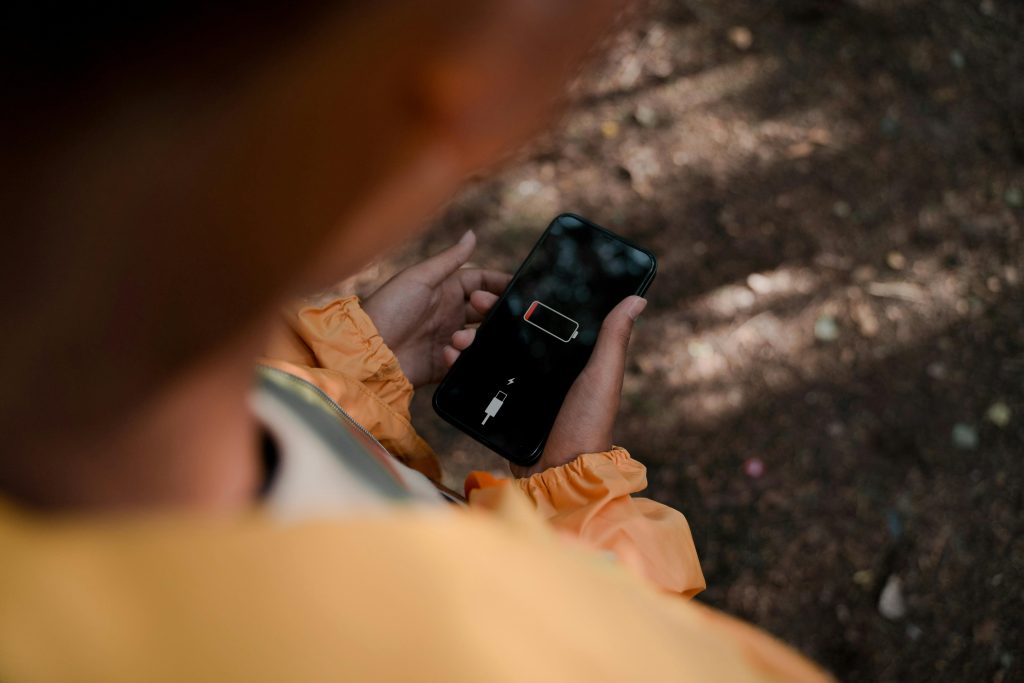
Charging batteries and power banks
A supply of different batteries for flashlights, radios and other devices is essential. Power banks should always be fully charged and ready to use in order to be able to operate mobile phones and other small electronic devices.
Ask your neighbors and use online sources
If a power outage occurs, it is helpful to ask your neighbors whether they have also lost power. This will help you quickly determine whether it is a local problem or a larger problem. In addition, online sources and websites of electricity providers, such as BKW Netzausfall , can provide up-to-date information about power outages and their expected duration.
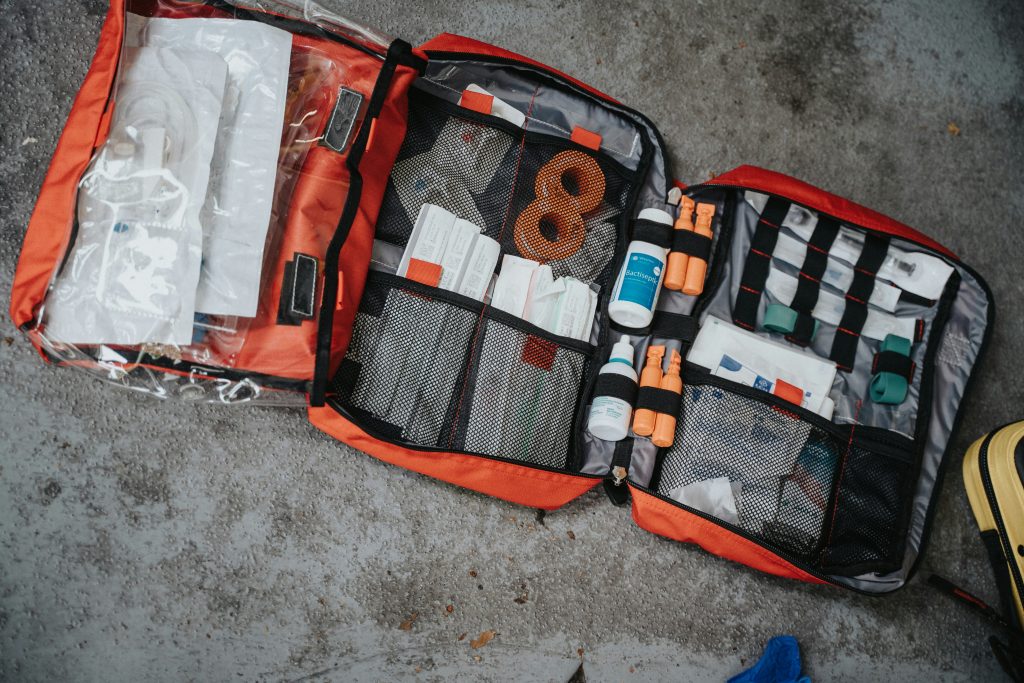
Have a first aid kit handy
A well-stocked first aid kit is essential. It should contain plasters, bandages, disinfectants, painkillers and other basic medical supplies. Regularly checking and refilling the first aid kit is important.
Knowledge and technology reserves
Basic craft skills and tools can be very useful in an emergency. Books and manuals on repairs, first aid and survival techniques should be easily accessible. Offline resources such as printed maps and important phone numbers should also be kept on hand.

Refill your medicine cabinet
In addition to the first aid kit, you should also have all the necessary medications for chronic illnesses in sufficient quantities. Hygiene items such as soap, disinfectants and wet wipes are also important.
Warm clothing and blankets
If there is a power outage in winter, the heating may fail. It is therefore important to have enough warm clothing, blankets and sleeping bags available. The onion layering principle – wearing several layers of clothing on top of each other – helps to retain body heat.
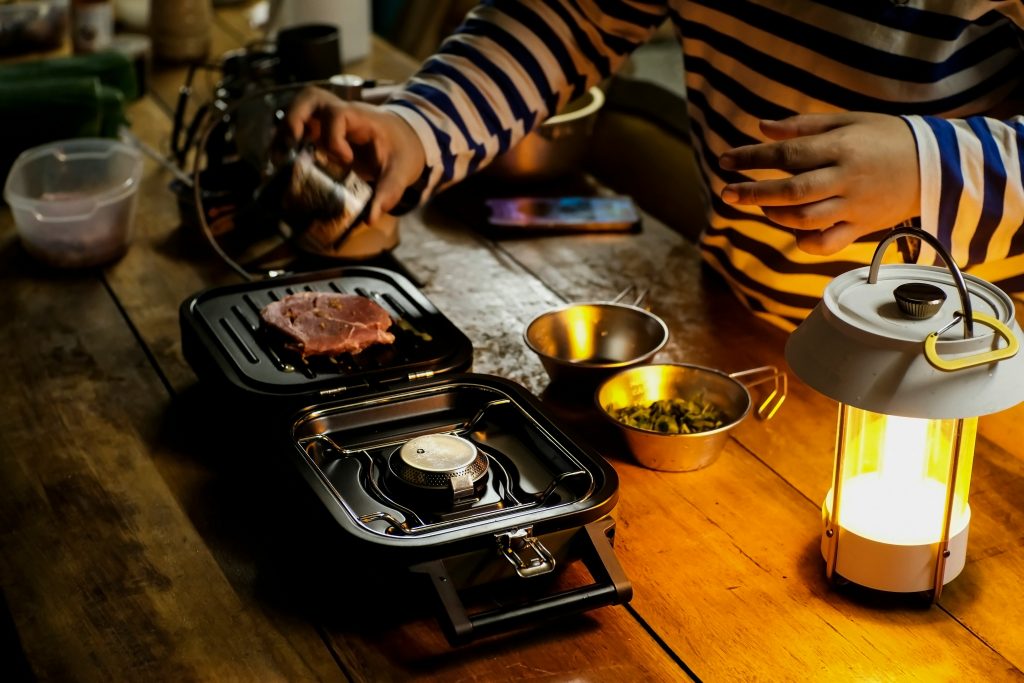
Have a camping stove and fuel ready
A camping stove with enough fuel will allow you to cook meals and heat water. Be sure to follow safety precautions and only use the stove in well-ventilated areas.
Store important documents safely
Important documents such as ID cards, insurance papers, medical records and cash should be stored in a water and fireproof box. A copy of these documents can also be stored digitally on a secure storage medium.
Power failure versus blackout
A power outage and a blackout are often used synonymously, but there are differences between the two terms:
A power outage is an interruption in the power supply, which is usually local and relatively short-term. Causes can be technical faults, construction work or minor natural events. The duration of a power outage often ranges from a few minutes to several hours and usually affects a specific area or a small number of households and businesses.
A blackout is a large-scale, usually long-lasting power outage that can affect large regions or even entire countries. Causes are often more serious and complex events, such as large-scale natural disasters, widespread technical disruptions in the power grid or coordinated cyber attacks. Restoring power can take days or even weeks , which has serious effects on society and infrastructure. Blackouts can theoretically occur anywhere in the world, but some regions are affected more frequently than others, usually due to infrastructural weaknesses, political instability or extreme weather conditions . Blackouts are more common in the following areas:
Developing countries in Africa: Countries such as Nigeria, South Africa and Zimbabwe regularly experience blackouts due to inadequate infrastructure, maintenance backlogs and political instability.
South America: Blackouts are common in countries like Venezuela and Argentina. Venezuela has experienced repeated nationwide power outages in recent years due to economic problems and a lack of investment in electricity infrastructure.
India: India also experiences regular blackouts, especially in rural areas. High demand, aging infrastructure and occasional natural disasters contribute to the frequent power outages.
Caribbean Islands: Island nations such as Puerto Rico and Haiti are prone to blackouts, especially after severe storms and hurricanes that cause severe damage to power grids.
Middle East: Blackouts are common in countries such as Iraq and Yemen due to political instability, conflict and lack of infrastructure.
Eastern Europe: Some Eastern European countries experience occasional blackouts, particularly those still dealing with the consequences of economic transformations and aging infrastructure.
USA: Blackouts also occur in the United States, often caused by extreme weather events such as hurricanes, snowstorms or heat waves. States such as California regularly struggle with power outages due to forest fires and overloaded power grids.
While both events represent an interruption of power supply, the magnitude and duration of a blackout are significantly different from a regular power outage. It is therefore important to be prepared for both scenarios in order to effectively manage the challenges they present.
Conclusion
A power outage can have a significant impact on daily life, but with the right preparation, the effects can be significantly reduced. By stocking up on emergency supplies, having alternative sources of light on hand, and securing important means of communication, unforeseen situations can be better managed. These 10 tips provide a solid foundation for being well prepared for a power outage and surviving it safely. It is important to regularly review and adjust your emergency plans and supplies to be well prepared in an emergency.
FAQ
How long should emergency supplies last?
It is recommended to have at least a week’s worth of supplies, as power outages can last several days depending on the cause.
Which foods are best for emergency supplies?
Long-lasting foods such as canned goods, dried fruit, nuts, rice and pasta are ideal. These do not require refrigeration and have a long shelf life.
What is the difference between a power outage and a blackout?
A power outage is usually local and short-term, while a blackout can be widespread and long-lasting.
How can you find out how long a power outage will last?
A battery-operated radio or mobile phones with charged power banks can be used to get up-to-date information from authorities or energy suppliers.
What should be included in a first aid kit?
A first aid kit should contain plasters, bandages, scissors, tweezers, disinfectant, painkillers and a first aid manual.
Why are power banks important?
Power banks allow you to charge cell phones and other small electronic devices so you can stay connected and receive important information during a power outage.
What to do if the heating fails?
Warm clothing, blankets and sleeping bags should be kept ready. Wearing several layers of clothing helps to retain body heat.
What is the best way to store important documents?
Important documents should be stored in a water and fireproof box. In addition, digital copies can be made on a secure storage medium.

